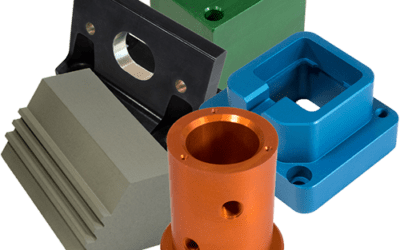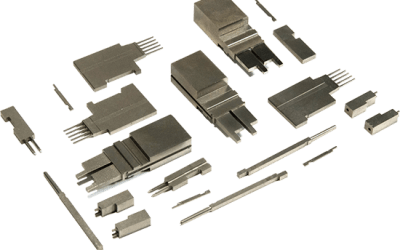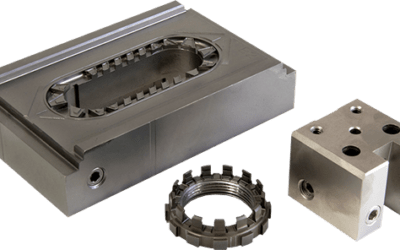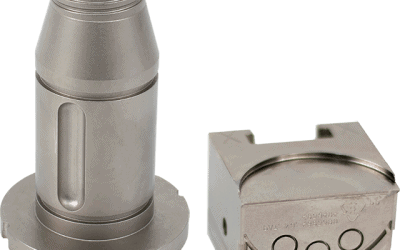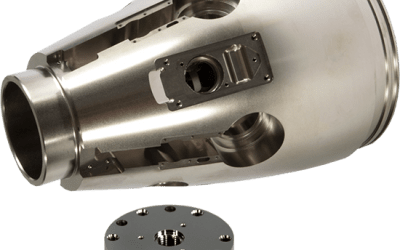Why Dura Slick is One of The Industry’s Best Mold Coatings
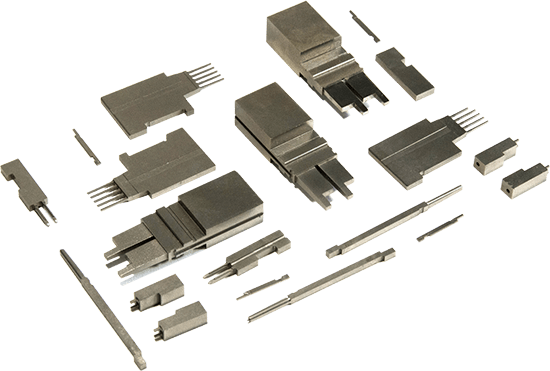
Mold coatings have always been a reliable solution to prolong the life of a mold. This only makes sense as continual use of any mold will cause it to wear, creating uniformities and requires injection molders to spend more time cleaning their molds — or replacing them altogether — rather than spending that time pouring and creating their end product. More and more companies have started keeping a closer eye on these down times, and in the example of replacing the molds altogether, capital expenditures, too. This is exactly why mold coatings and mold platings have come into greater demand as manufacturers across the industry are looking for new ways to decrease cycle times and reduce maintenance costs by lengthening the life of a mold.
Different Types of Mold Coatings
There are several different ways to coat molds to decrease the coefficient of friction, increase hardness, and add corrosion protection. There are a variety of materials used for this coating process, with different companies coming up with their own trade names for each formula. Learn more about these different coatings in an article comparing PFI’s Dura Slick to some other competitors in the market on our blog. Every application and industry can require different types of coatings for optimal mold performance and the expertise at PFI Inc. can help customers determine which plating or coating is best for the job to ensure the right coating option is selected.
Dura Slick Competitive Advantage over other Mold Coatings
Dura Slick is a dry lubricant coating offering a coefficient of friction of about 0.05, making it one of the slickest mold coatings available. To be fair, other companies offer other mold coatings at similar specifications, but Dura Slick is especially useful for plastic injection molding because the coating is hard, lubricious, and plates evenly no matter the configuration of the substrate This makes it ideal for slides and inserts as the coating helps in the release of individual plastic components, while still preventing wear and reducing cycle time in the process. For example, an injection molding company, who requests Dura Slick, from PFI, especially for their food-grade products that use molds that, in some cases, have up to 32 cavities. Usually, grease is used in conjunction with the coating to help keep high-volume tools in a high-volume capacity running smoothly, but when it comes to food-grade processing, Dura Slick provides enough dry lubrication to keep components from galling. Plus, it makes the tools and the molds easier to clean and maintain for a comprehensive solution.
Dura Slick also works well on other types of steels used for tooling including copper alloys, beryllium, and aluminum. One nice feature of Dura Slick over competitors though is it does not need to be a thick coating in order to be effective — PFI will start plating at 0.00005 inches and sometimes less, which can then build up to 0.005” with optimal precision — up to the nearest 0.0001 inches. Many customers of PFI tout their molds lasting for over 2 million cycles using Dura Slick and regular maintenance. So it goes without saying the importance of using a mold coating and also the amount of time, energy, and ultimately money it can save injection molders.
The expertise available at PFI Inc. cannot be overlooked either. While the Dura Slick product itself provides much of the benefits, it is how the mold coating is applied that can sometimes make the biggest differences. For example, many molders are accustomed to flash coatings that use hard chrome throughout the entire cavity of the mold. One of the techniques often used at PFI is masking off portions of the mold to just plate the physical molding area. This allows the thicker plating deposit to build upon the areas that require it, and not affect the tolerances of the overall part.
One other point of differentiation at PFI is the work being done on salvaging molds. In many instances, a mold can be repaired by building up in holes or other discrepancies with a hard nickel plating. In many cases, molds thought to be well past their useful lifespan can be rehabilitated and placed back into production after spending some time at PFI Inc. For more information on plating techniques and how they can help prolong the life of a mold, go to this article by Clare Goldberry at Plastics Today, a trade magazine which featured PFI in a 2009 article for their progress in mold coatings and mold plating.
PFI Inc.: The Industry Expert On Mold Coatings, Release Coatings, and other Plating Services
General manager Gene Bianco is keen on making sure there is a plating procedure for every steel plated at PFI. Also, with a coating like Dura Slick, it’s possible to go back and build up the coating to help account for any engineering changes along the way. For example, if the resin change and the shrink change, or different release properties are needed, it is very possible for Dura Slick to adapt the mold and save a lot of trouble by either replacing it entirely or taking other, more drastic steps. Have an older mold that may have an extensive amount of corrosion on it? PFI Inc. has a liquid hone facility and glass bead facility on-site to pretreat the mold and prepare it for a coating that will prolong the life of these older molds every further.
For over 30 years, Progress for Industry, Inc. has created excellent metal finishing services for the molding industry — many of PFI’s workers have been there since it’s first establishment in 1982! Our most popular metal finishing services include: Dura Slick, Nickel Boron Nitride, Lubricoat, Electroless Nickel Coatings, Anodize on Aluminum, and other services such as chrome plating, chrome impregnation, electrodeposited tin plating, zinc plating, passivation, and electropolishing.
